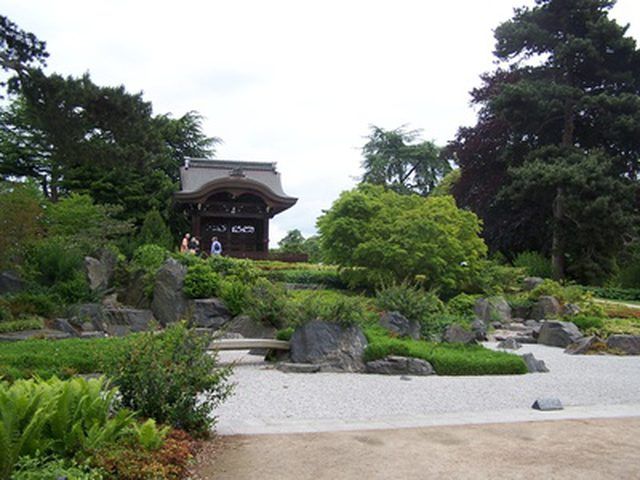Bulbs
Flower Basics
Flower Beds & Specialty Gardens
Flower Garden
Garden Furniture
Garden Gnomes
Garden Seeds
Garden Sheds
Garden Statues
Garden Tools & Supplies
Gardening Basics
Green & Organic
Groundcovers & Vines
Growing Annuals
Growing Basil
Growing Beans
Growing Berries
Growing Blueberries
Growing Cactus
Growing Corn
Growing Cotton
Growing Edibles
Growing Flowers
Growing Garlic
Growing Grapes
Growing Grass
Growing Herbs
Growing Jasmine
Growing Mint
Growing Mushrooms
Orchids
Growing Peanuts
Growing Perennials
Growing Plants
Growing Rosemary
Growing Roses
Growing Strawberries
Growing Sunflowers
Growing Thyme
Growing Tomatoes
Growing Tulips
Growing Vegetables
Herb Basics
Herb Garden
Indoor Growing
Landscaping Basics
Landscaping Patios
Landscaping Plants
Landscaping Shrubs
Landscaping Trees
Landscaping Walks & Pathways
Lawn Basics
Lawn Maintenance
Lawn Mowers
Lawn Ornaments
Lawn Planting
Lawn Tools
Outdoor Growing
Overall Landscape Planning
Pests, Weeds & Problems
Plant Basics
Rock Garden
Rose Garden
Shrubs
Soil
Specialty Gardens
Trees
Vegetable Garden
Yard Maintenance
How to Kill Knotweed
How to Kill Knotweed. Knotweed (often referred to as Japanese Knotweed) is a a shrub-like perennial weed that's native to Eastern Asia and has spread to the Western world. In fact, it grows so quickly that knotweed is difficult to contain and spreads easily from one site to another. As it spreads, Japanese knotweed alters and threatens ecosystems....

Knotweed (often referred to as Japanese Knotweed) is a a shrub-like perennial weed that's native to Eastern Asia and has spread to the Western world. In fact, it grows so quickly that knotweed is difficult to contain and spreads easily from one site to another. As it spreads, Japanese knotweed alters and threatens ecosystems. For that reason, the Plant Conservation Alliance, a United States government-run group, advocates killing the plant. Once you've killed the weed it's important to dispose of it properly. The best way to do so is to place it in a garbage bag and throw it in a can or dumpster to prevent future reestablishment.
Things You'll Need
Gardening shears
Glyphosate herbicide
Small glass
Garden sprayer
Cut the knotweed stems just below the bottom joint with gardening shears at any time during the growing season. Put the tops of the plants in a pile where they can dry out and die.
Fill a small glass with liquid Glyphosate herbicide. Do not dilute the herbicide with water. Doing so will only make it weaker.
Pour a tablespoon of the herbicide into the hollow stem of each knotweed plant. Be cautious about dripping it on any surrounding plants or grass as it will likely kill them.
Make a mixture of diluted herbicide in a garden sprayer. All herbicides are different, so follow the directions on the package carefully.
Spray the plants with the herbicide once every three weeks until the ground freezes over. If the ground does not get cold enough, continue spraying the herbicide every three weeks until the plant dries out completely and dies.
Repeat the same process the following year. Knotweed has roots that can grow up to 10 feet deep, so it can take up to three years of work to completely kill it off. Once completely dead, it's best to remove the entire knotweed system, including the roots. This prevents any future growth.